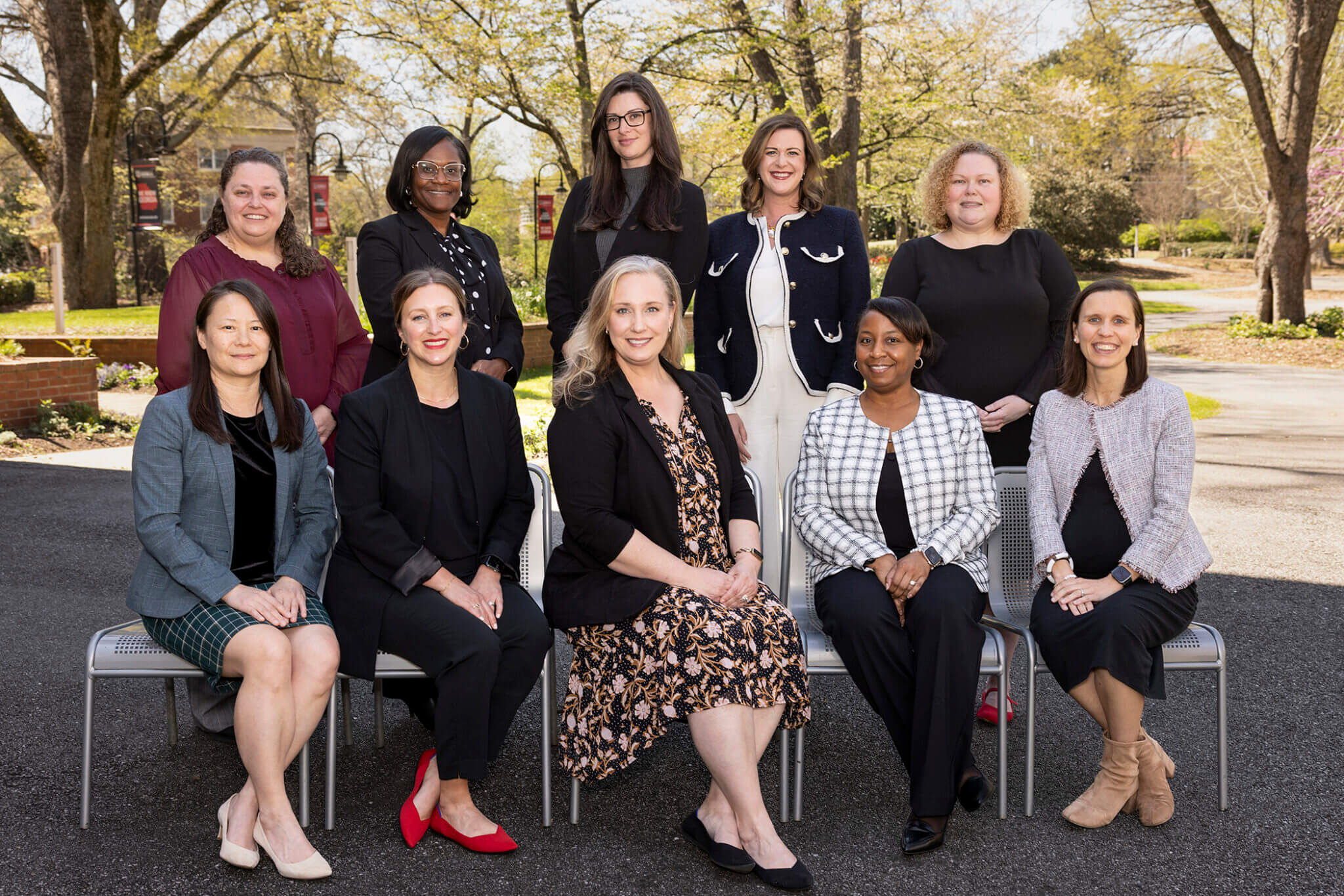By Dan Rahn
University of Georgia
Nature didn’t create hen eggs with Easter in mind. Still, the
same immaculate design that jump-starts fuzzy chicks will let you
hard-cook perfect eggs and easily peel them every time.
Before food colors, paints or decals, the experts say, the real
secrets to perfect Easter eggs are tiny holes, time and air.
Each egg shell has 7,000 to 17,000 pores, said Rakesh Singh, a
food scientist with the University of Georgia College of
Agricultural and Environmental Sciences. The big end has the most
pores.
“When the egg comes out of the hen, it’s the same temperature as
the hen’s body: 103 to 104 degrees Fahrenheit,” said Dan
Fletcher, a UGA poultry scientist.
But the egg cools quickly. “As it does, the contents contract,”
said Fletcher, who studied eggs for easy-peeling in the 1980s.
“But the shell is hard. It can’t contract. That brings air in
through the pores and creates an air cell inside the egg.”
Breathing eggs
As air seeps in, carbon dioxide and moisture vapor seep out. The
egg, in effect, breathes. Gradually, the air space expands.
In a fertile egg, the air cell is vital. “It’s the first breath
of air the hatching chick takes,” Fletcher said. Table eggs
aren’t fertile, but the design’s the same.
In a freshly laid egg, too, the thin membrane around the egg
white (albumen) sticks tightly to an outer membrane that’s
practically glued to the shell. If you boil an egg that hasn’t
aged much, part of the white pulls loose with shell fragments.
In time, Fletcher said, the loss of carbon dioxide raises the
albumen’s pH and weakens the membrane around it. When you boil
the egg then, the air allows room for the egg contents to expand
while loosening the weakened inner membrane from the shell. The
egg cooks without cracking and peels easily.
Think again
If you look for the freshest eggs for your Easter cooking, you
won’t be happy with the results. You’re going against the eggs’
design.
To best use eggs’ nature for hard-cooking, start with older eggs.
The use-by dates on carton ends aren’t expiration dates, Fletcher
said. Eggs’ quality can still be good even after then.
Take eggs for hard-cooking out of the carton, too. Added
ventilation will let them age faster.
Two of the best ways to hard-cook eggs:
- Set them out until they reach room temperature (an hour
should do it). Then place them carefully into boiling water and
remove them from the heat. Let them steep for 19 minutes.
Immediately put them into ice water. - From the fridge, put eggs into a pot of cold water and bring
the water to a boil. Remove them from the heat and set them aside
for 15 minutes. Then put them into ice water.
That last step stops the cooking. Overcooked eggs have a green
film around the yolk, Fletcher said, because in cooking, the iron
in the yolk reacts with hydrogen sulfide, creating iron sulfide.
It won’t hurt you, but it’s ugly.
Cooling toughens the egg white, too, he said. Not enough to hurt
the quality — just enough to make it easier to peel.
Stay safe
The experts all agree that hard-cooked Easter eggs are best for
eating, not for hiding. That porous shell makes its contents
susceptible to contamination.
“And if you keep them out of refrigeration more than two hours,
you need to discard them,” said Judy Harrison, an FCS food safety
specialist with the UGA College of Family and Consumer Sciences.
Young children are especially susceptible to foodborne illnesses.
Children can have fun finding plastic eggs, especially with
little toys or candy in them. “They’re not as pretty as decorated
eggs, but they’re not as dangerous, either,” said Connie Crawley,
an FCS food and nutrition specialist.
(Dan Rahn is a news editor with the University of Georgia
College of Agricultural and Environmental Sciences.)



